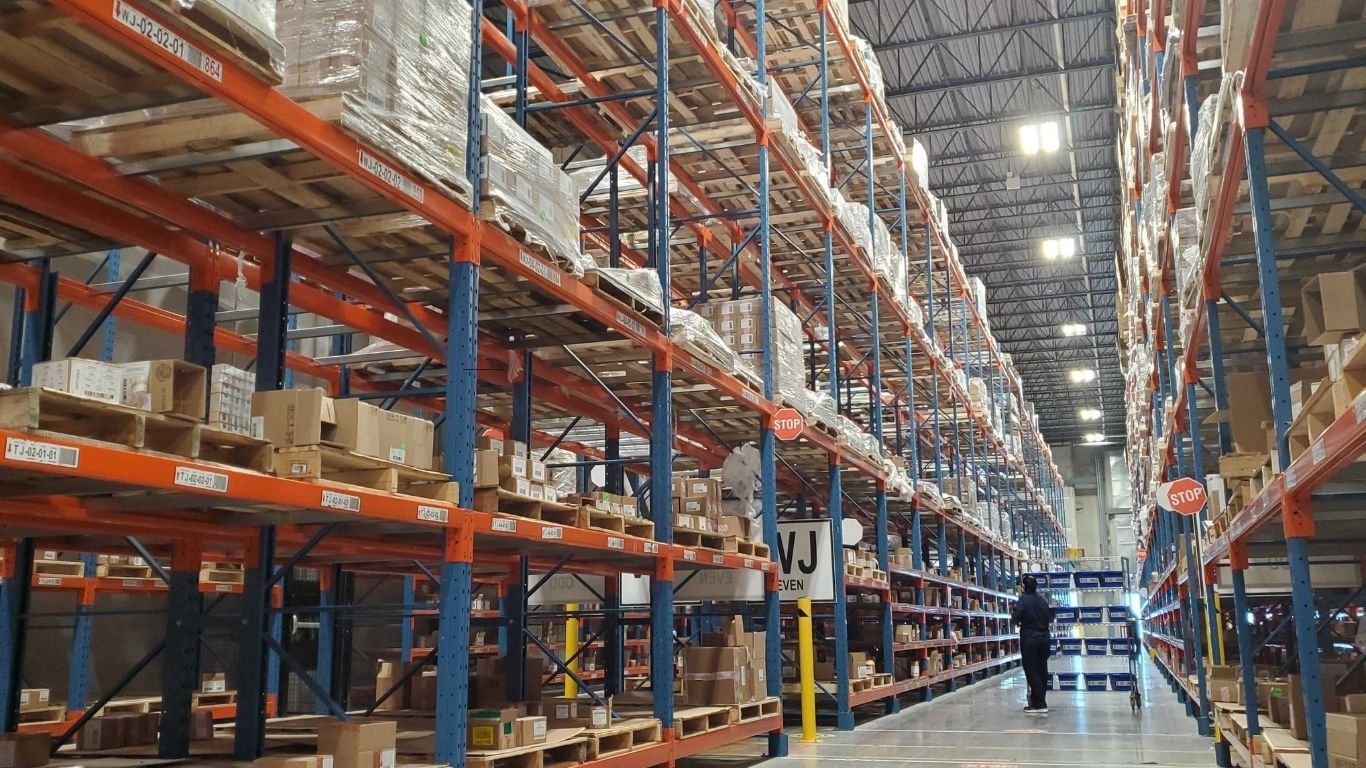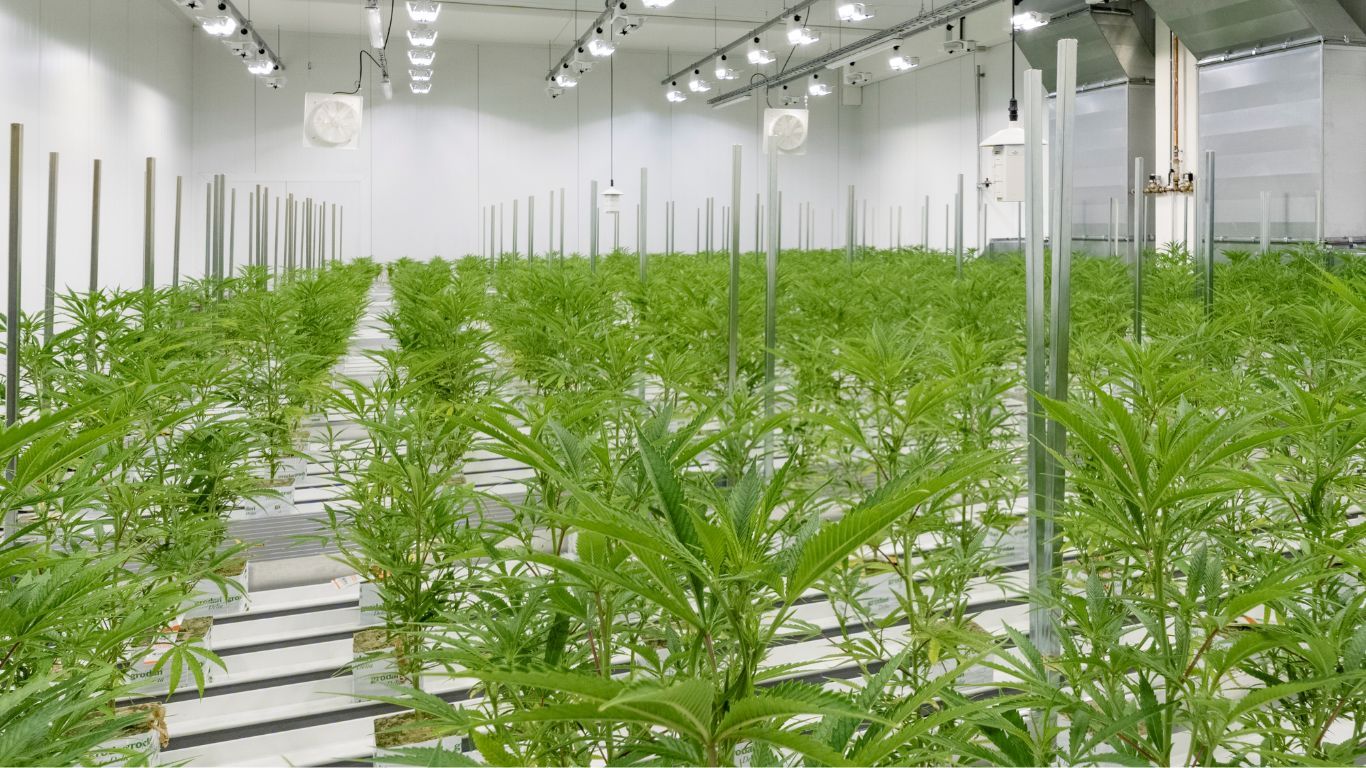
A new study from researchers at the University of Waterloo and the University of Toronto says retail cannabis stores in Canada are evenly distributed across different types of neighbourhoods.
The study, which looked at retail data up to and including September 2021, showed that in Canada’s first three years of legalization, retail cannabis stores were evenly distributed across “materially deprived neighbourhoods but were more common in socially deprived neighbourhoods.”
These “socially deprived neighbourhoods” are characterized by more people living alone, which the study notes is more common in high-density urban areas than rural ones. Unsurprisingly, there were higher concentrations of cannabis stores in urban areas than in rural ones.
About 60% of cannabis stores were located in these “socially deprived neighbourhoods.”
“Although there are no clear data available on how retailers have decided where to establish a store, it is not surprising that more stores would be found in areas with more people living alone, particularly as these areas tend to have younger adults with higher levels of educational attainment and employment, as well as more individuals living in high-density housing. Large urban areas, such as Toronto, tend to have a greater proportion of people living alone than the national average, as well as higher levels of retail density.”
Also unsurprisingly, there were more stores per capita in provinces with a private or hybrid retail model, such as Alberta, Ontario, and British Columbia, than a public model like Quebec or New Brunswick (Note: New Brunswick began accepting a handful of private retailers in 2023).
The quantity and the location of retail cannabis stores have the potential to influence patterns of use and purchasing behaviour, argue the researchers. Unlike in the US, where there is evidence that cannabis stores were more likely to be located in low-income neighbourhoods, cannabis stores were more evenly distributed in Canada.
“In Canada, zoning regulations in most provinces allow for brick-and-mortar stores to be located where any other retail outlet could be located, provided some jurisdictional guidelines are followed,” write the researchers in their synopsis. “These regulations may result in the more equitable distribution across neighbourhoods which is driven by factors such as market demand, visibility, and consumer convenience.”
The study shows that the number of cannabis stores in Canada more than doubled from October 2020 to September 2021, from 3.7 per 100,000 individuals age 15 and up to 8.0 per 100,000 individuals age 15 and up.
The researchers conclude that as the legal cannabis market in Canada continues to grow, “it will be important to continue to monitor the distribution of legal cannabis stores to determine if the patterns remain the same or change over time. This is particularly true in terms of the greater distribution of stores in more socially deprived neighbourhoods as increased exposure may have implications for cannabis use. Future research should also examine the impact of cannabis stores in terms of the balance between displacing the illicit market without promoting greater consumption.”












